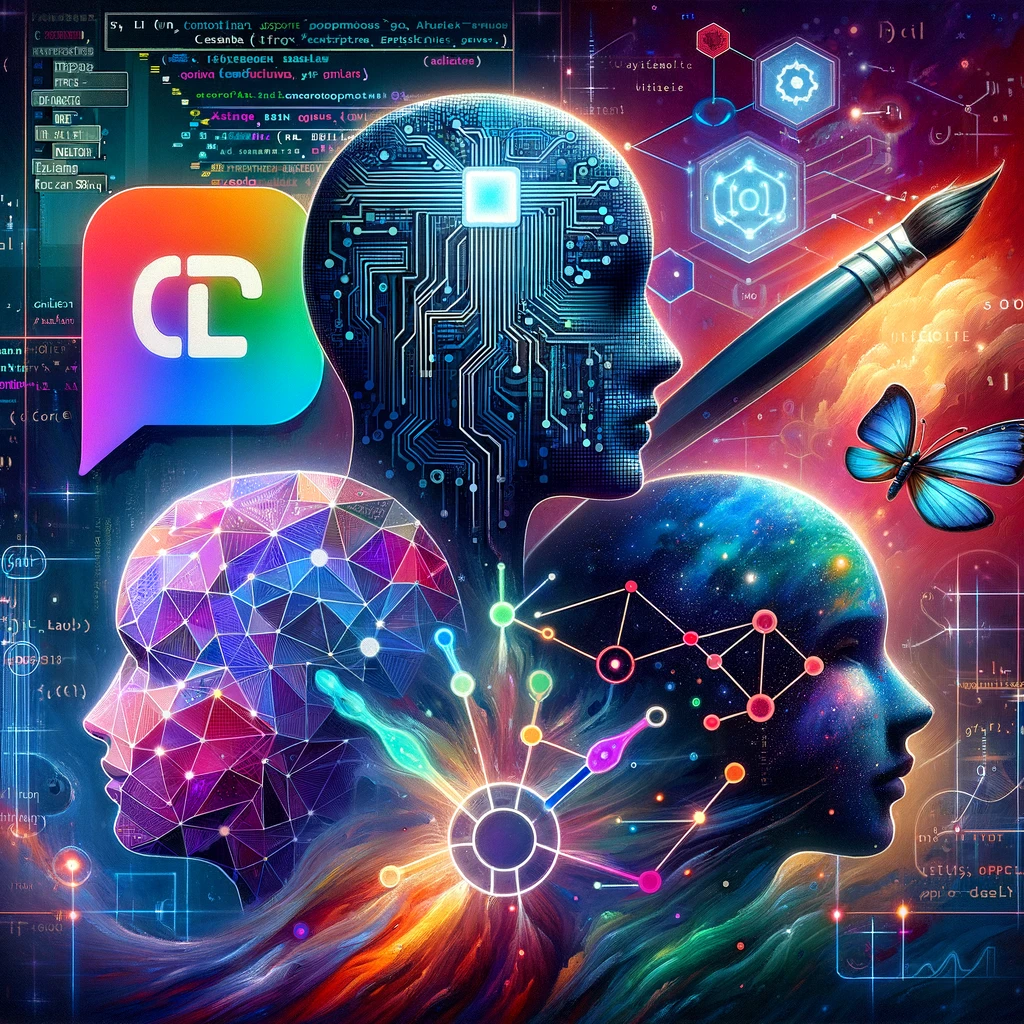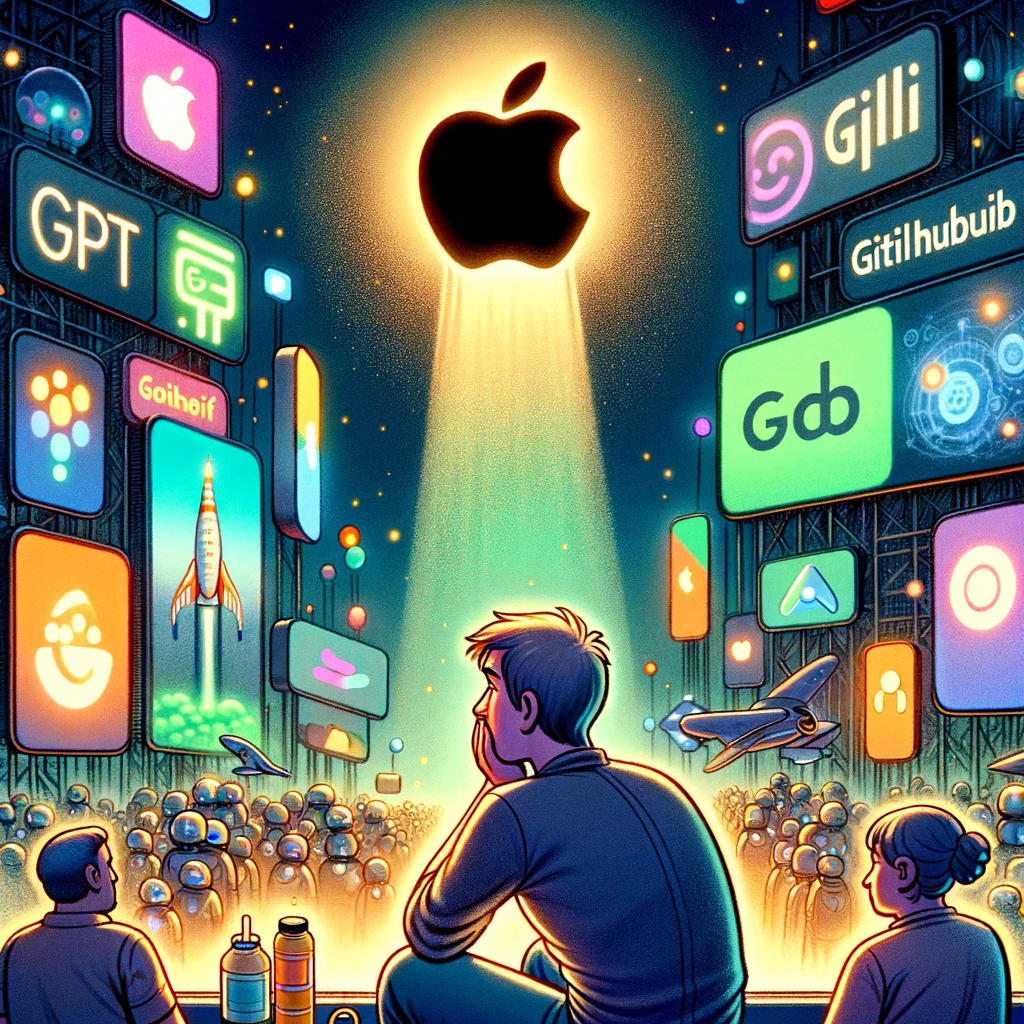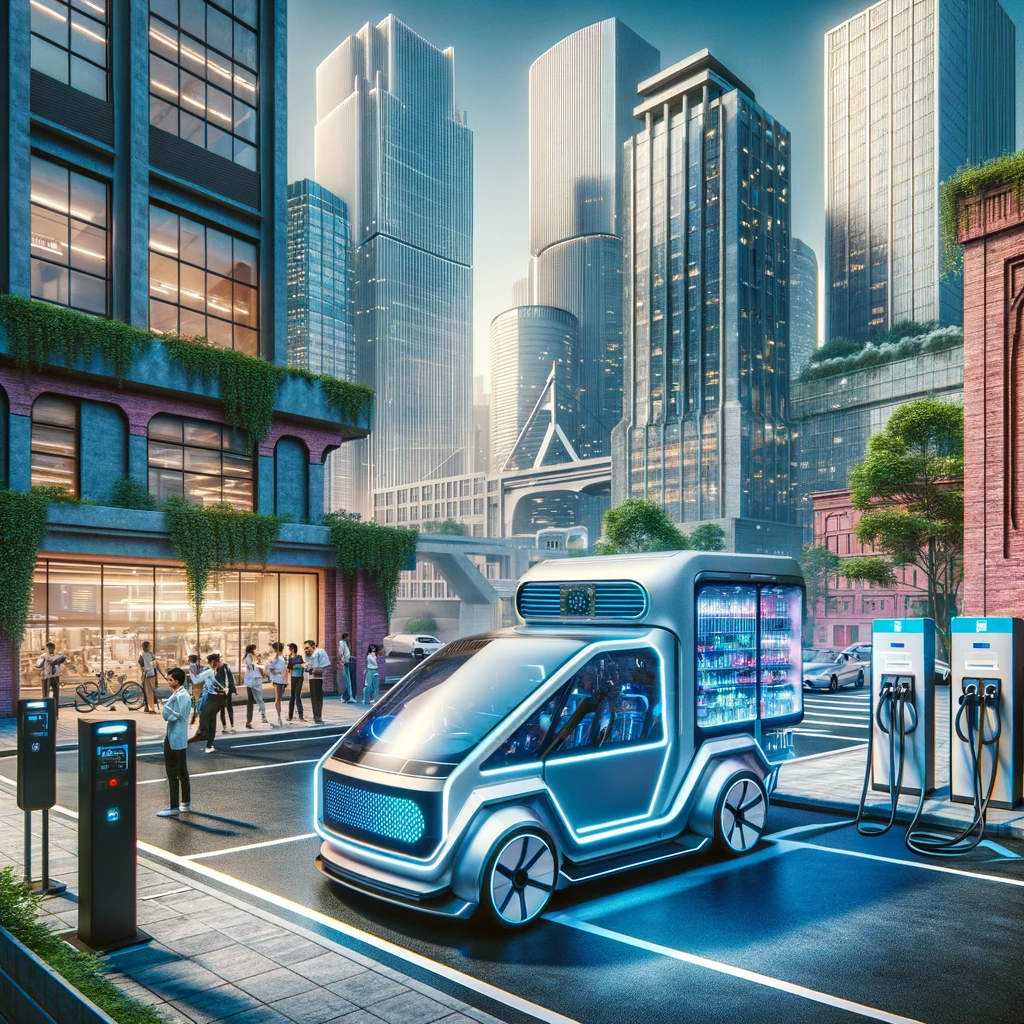The Surge of AI in Personal Financial Planning: Empowering Smarter Money Management

The fusion of artificial intelligence (AI) with personal financial planning is revolutionizing the way individuals manage their money, creating a new era of smart financial management. This integration is proving to be a boon for users, offering unprecedented precision and foresight in financial decision-making.
What is AI-Driven Financial Planning?
AI-driven financial planning involves the use of machine learning algorithms and data analytics to offer personalized financial advice and management solutions. These technologies can analyze vast amounts of financial data to provide insights, forecast financial trends, and automate complex decision-making processes.
Key Innovations in AI Financial Planning
- Automated Budgeting Tools
AI technologies now enable more sophisticated budgeting tools that learn from individual spending habits to offer real-time financial guidance and predictions. These tools can alert users about potential savings, advise on investment opportunities, and help them set achievable financial goals. - Investment Portfolio Management
AI is transforming investment management by using algorithms to predict market trends and tailor investment strategies to individual risk profiles. This not only maximizes returns but also minimizes risks, making investing more accessible to novice investors. - Personalized Financial Advice
Chatbots and virtual financial advisors powered by AI provide 24/7 financial advice, answering questions and offering suggestions based on personal financial data. This makes financial planning more interactive and responsive. - Debt Management and Optimization
AI-driven platforms can analyze debt across various accounts and suggest the most efficient strategies for repayment. This helps users optimize their debt management and potentially improve their credit scores.
The Impact of AI on Financial Health
The advent of AI in personal finance is democratizing financial advice, previously available mainly through expensive financial advisors. Now, users from all walks of life can access sophisticated financial management tools that were once the preserve of the wealthy. This shift is not just about convenience; it’s about making smarter financial decisions that lead to better financial health and stability.
Looking Forward: The Future of AI in Finance
As AI technology continues to evolve, its integration into personal finance is expected to deepen. Future advancements may include more predictive capabilities, better integration with real-time economic changes, and more personalized financial planning experiences. The potential of AI to empower individuals to take control of their financial destinies is vast and still largely untapped.
At WorldCyberNews.com, we remain at the forefront of these developments, keeping you informed about how AI is shaping the future of personal finance.





















